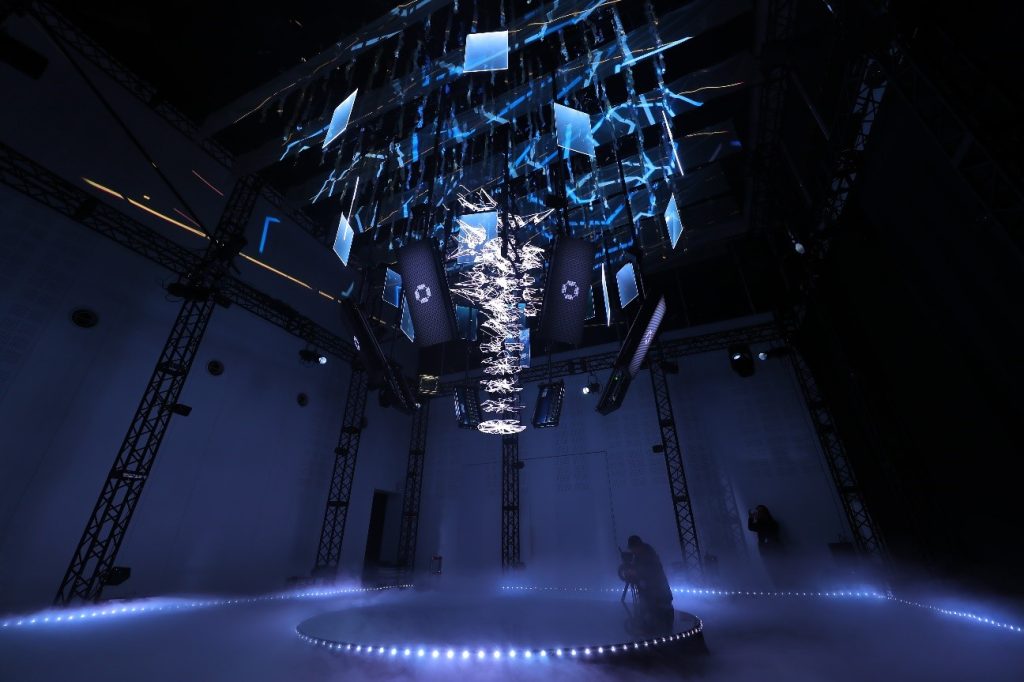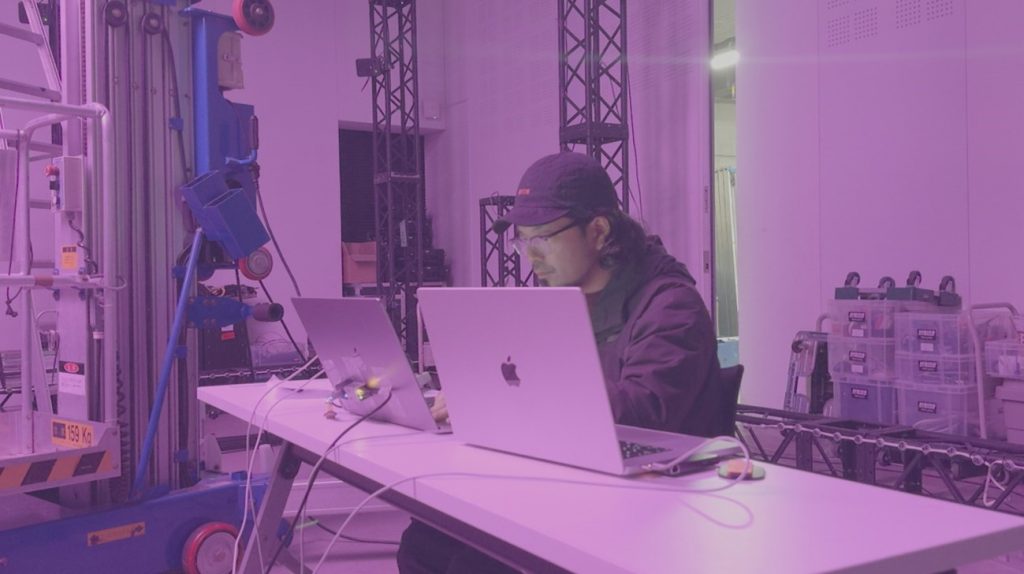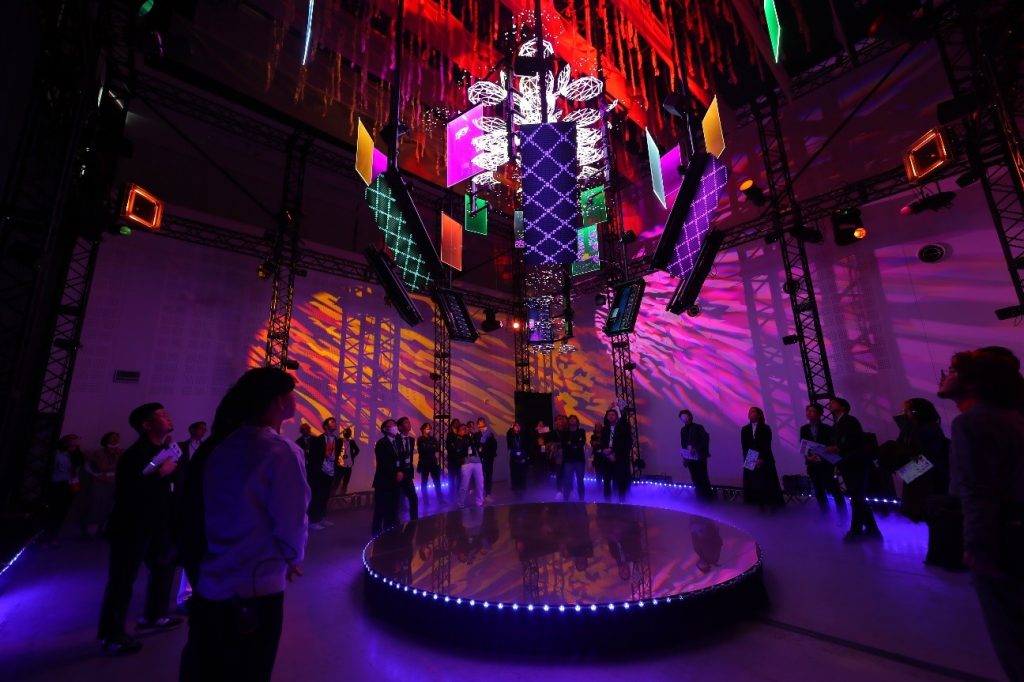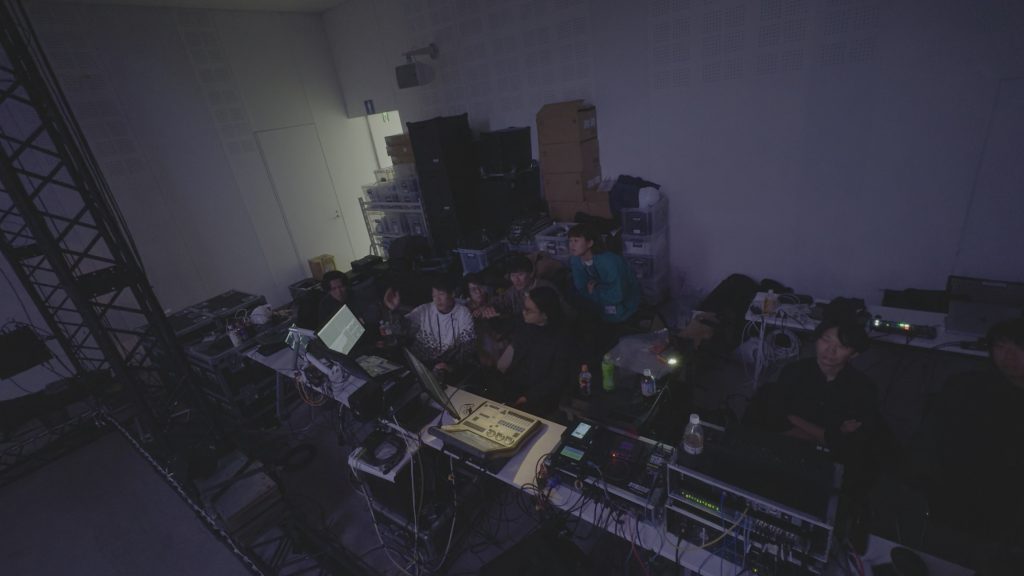
From here on, you will be linked to Nomura Co., Ltd. 's partner page. You can apply from the list of available positions at the link. (Please note that CIC may not always be recruiting.)

CIC NOTE
2025. 03-04
Naoya MiyamotoThese days, the word "immersive" is used everywhere, from shopping malls and amusement facilities to art exhibitions. However, this word has been used so many times that many people may be wondering, "What is immersive?"
Originally, "immersive" meant "the feeling of being immersed in something". However, nowadays, there are many different methods and levels, from rooms surrounded by images, to experiences where you enter a performance, and even personal experiences using VR headsets, and signs saying "immersive" are put up everywhere. As a result, the meaning of "immersive" has become too broad, making it difficult to understand the content. I myself participated in the production of an installation work called "Immersive Garden". This work was acoustically designed with 48 channels of so-called immersive audio, and it was a project that made me seriously consider the immersiveness of sound.

Until now, when you think of "immersive," the first thing that comes to mind is probably video. In fact, most projects have focused on the video and construction aspects.
But in fact, great progress has been made in immersive sound as well. The rich surround sound experience you experience in your daily life is the Dolby Atmos standard, typified by the 7.1.4ch in movie theaters. The "ch" (channel) represents the number of sound resources or speakers. However, technically, it is now possible to achieve ultra-surround sound expression with more channels, such as 64ch or 128ch. A dozen or so speakers are placed in a space, and a single sound source is moved in detail from various directions, up and down, left and right, creating the sensation that real objects and living things are present in that place.

With a VR headset, you can have an immersive experience by yourself, and it's easy to control your vision and hearing, so it's actually not that difficult to create a perfect virtual space for each individual. Also, you don't need to prepare many projectors and speakers like in the real world. However, if you want to immerse yourself in a real world with many people at the same time, the difficulty increases dramatically.
In a real space, each person stands in a different position, and in order for everyone to get the same sense of "being there," it is necessary to carefully consider not only the video, audio, and fixtures, but also the number of people experiencing the experience and the flow of movement.
The key point of an immersive experience in real space is the sense of sharing with others in the same place. An indescribable sense of unity is born between people who experience it together. It's an immersive experience with a live feeling that's completely different from the experience you get alone wearing VR goggles.

In the future, audio technology will continue to evolve in addition to video technology, and new immersive spaces that make use of sound will be created one after another. Ultra-surface sound that makes use of multi-channels will no doubt provide guests with a new immersive experience.
As a technical director at a spatial design company, I would like to challenge myself with my colleagues who have a wide range of skills to create the ``future immersive'' that allows people to share emotions through space.
